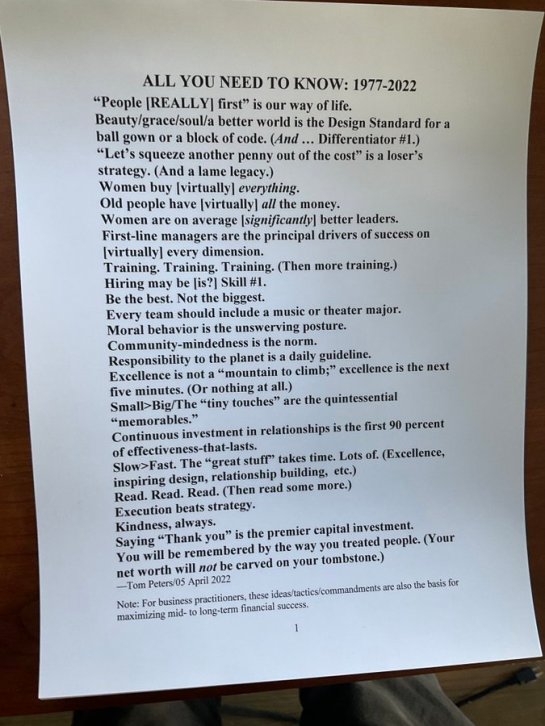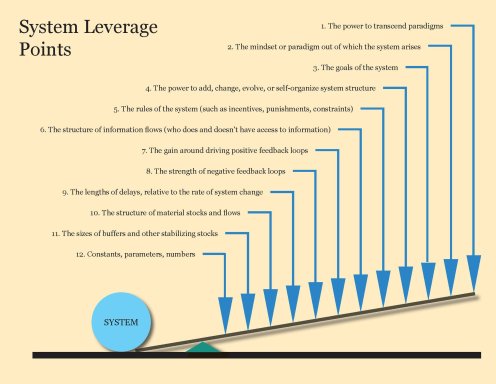Quintessential Fellows’ Skills
In case you’re intrigued about the possibility of joining The Quintessential Group community of fellows, or building a similar organisation yourself (we’d love to help), here’s a description of the set of skills we consider useful in Quintessential fellows.
Not that skills are the only criteria. Yet, we hope this post will help you consider whether a further conversation with The Quintessential Group and our community might be worthwhile.
Oh, and in case I didn’t mention it already, we’re enrolling our first cohort of fellows soon! Limited places remaining.
What Skills Does It Take To Be or Become A Quintessential Fellow?
In February, ITPro ranked the humble Software Delivery specialist as the Number One most in-demand tech job, not just of the here and now, but of the future too. And that means competition for the best jobs on the market is exceptionally high. So, how do you set yourself apart from this growing crowd of talented Software Delivery specialists? And how do companies set themselves apart from the mass of lame places also hiring people?
When thinking of technical roles such as software delivery, we often jump to considering skills and qualifications within the realm of coding, development, DevOps, Cloud security, etc.. While these skills are essential to the role of a Software Delivery specialist, there are a number of other attributes that are just as crucial. Maybe even more so.
With the right soft skills, Software Delivery specialists are better equipped to use their hard skills to the full extent. And customers have their software delivery needs better attended to, too.
Quintessential Software Delivery Skills
At The Quintessential Group we look for and encourage the following skills and abilities in our fellows:
Top Skills
Dialogue
Skilled dialogue and the ability to hold effective adult-to-adult conversations with clients, peers and others is rare. And dialogue entails listening. Something we find a necessary part of both skilled dialogue and the broader Thinking Environment.
Further Reading
Stone, D., Patton, B. and Heen, S. (2010). Difficult Conversations: How To Discuss What Matters Most. Portfolio Penguin.
Patterson, K., Grenny, J., McMillan, R. and Switzler, A. (2012). Crucial conversations: Tools For Talking When Stakes Are High. Mcgraw-Hill Education.
Kline, N. (2021). Time To Think: listening to ignite the human mind. Cassell.
Isaacs, W. (1999). Dialogue And The Art Of Thinking Together: A Pioneering Approach To Communicating In Business And In Life. Currency.
Listening
Listening, especial NVC (Nonviolence Communication) style listening can contribute significantly to effective dialogue
Further Reading
The 10 components of a thinking environment -Nancy Kline. (n.d.). [online] Available at: https://www.resultcic.com/Downloads/resources/Kline_10_Components_of_a_Thinking_Environment.pdf [Accessed 29 Apr. 2022].
Nonviolent Communication (NVC)
You may not realise that nonviolent communication (and nonviolence more generally) is a skill – until you try to produce it on demand.
Further Reading
Rosenberg, M.B. (2015). Nonviolent Communication : A Language Of Life. Puddledancer Press.
Emotional Intelligence
Also known as EQ. Emotional intelligence is the ability to learn about yourself and apply that wisdom to the world around you.
Further Reading
Psych Central (2016). What is Emotional Intelligence (EQ)? [online] Psych Central. Available at: https://psychcentral.com/lib/what-is-emotional-intelligence-eq.
Thinking Different
Using one’s System 2 in preference to System 1 thinking (Kahneman 2011).
Further Reading
Kahneman, D. (2011). Thinking, Fast and Slow. Farrar, Straus And Giroux.
Marshall, R.W. (n.d.). Think Different (blog). [online] Think Different. Available at: [Accessed 29 Apr. 2022].
Solicitation And Elaboration Of Folks’ Needs
A more practical skill, this, often found to a greater or lesser degree in the field of “requirements analysis” – which we prefer to call e.g. “needs analysis”. And drawing on a range of skills previously listed above.
Further Reading
Gause, D.C. and Weinberg, G.M. (2007). Exploring Requirements: Quality Before Design. Dorset House Publ.
Gilb, T. and Brodie, L. (2006). Competitive Engineering: A Handbook For Systems Engineering, Requirements Engineering And Software Engineering Using Planguage. Elsevier Butterworth Heinemann.
Ideal Team Player
Described by Patrick Lencioni as consisting of: Humility, hunger and people-smarts.
Further Reading
Lencioni, P. (2016). The Ideal Team Player: How to Recognize and Cultivate The Three Essential Virtues: A Leadership Fable. Jossey-Bass.
Digital Transformation
See: Rightshifting and the Marshall Model. An in-house asset.
Further Reading
Marshall, R.W. (2013). Rightshifting And The Marshall Model – Class 101. [online] Think Different. Available at: /2013/09/15/rightshifting-and-the-marshall-model-class-101/
Value Streams
The Quintessential Group is presently structured along value stream lines, rather than the typical functional silos model. Some familiarity with value streams and, ideally, Prod•gnosis, will be useful.
Further Reading
Rother, M. and Shook, J. (1999). Learning To See: Value Stream Mapping To Create Value And Eliminate Muda. – Version 1.2. The Learning Enterprise Institute.
Ward, A.C. (2007). Lean Product And Process Development. The Lean Enterprise Institute.
Marshall, R.W. (2012). Prod•gnosis in a Nutshell. [online] Think Different. Available at: /2012/08/04/prod [Accessed 29 Apr. 2022].
Risk Management
The ability to identify risks which may impact a particular software delivery effort, and manage those risks, on behalf of all the Folks That Matter™.
Further Reading
Demarco, T. and Lister, T.R. (2003). Waltzing With Bears: Managing Risk On Software Projects. Dorset House Pub.
Jones, C.(1994). Assessment And Control Of Software Risks. Yourdon Press.
Other Desirable Skills
- Defect prevention Cf Phil Crosby
- Toyota Kata
- Interaction design
- User experience
- Emotioneering
- Solution architectures
- Artist
- Writer
- PR and (internal) marketing
- Cybrarian
- Amanuensis
- Content Maven
- CI/CD toolchains
- Methods and practices maven
- Metricant
- Toolsmith
- Database designer
- Issues maven
- Style maven
- Accessibility maven
- Subcontracts maven
- Scrounger
- Delivery approaches maven
- Facilitator
See Also
Marshall, R.W. (2015). Skills Chart. [online] Think Different. Available at: /about/skills-chart/ [Accessed 29 Apr. 2022].
Marshall, R. (2012). Developer Competency Matrix. [online] Think Different. Available at: /about/developer-competency-matrix/ [Accessed 29 Apr. 2022].
Marshall, R. (2011). The Many Roles in Software Projects. [online] Think Different. Available at: /2011/02/25/the-many-roles-in-software-projects/ [Accessed 29 Apr. 2022].
Enrolling Now
In case I didn’t mention it already, we’re enrolling our first cohort of fellows for orientation soon! Limited places remaining.
– Bob



